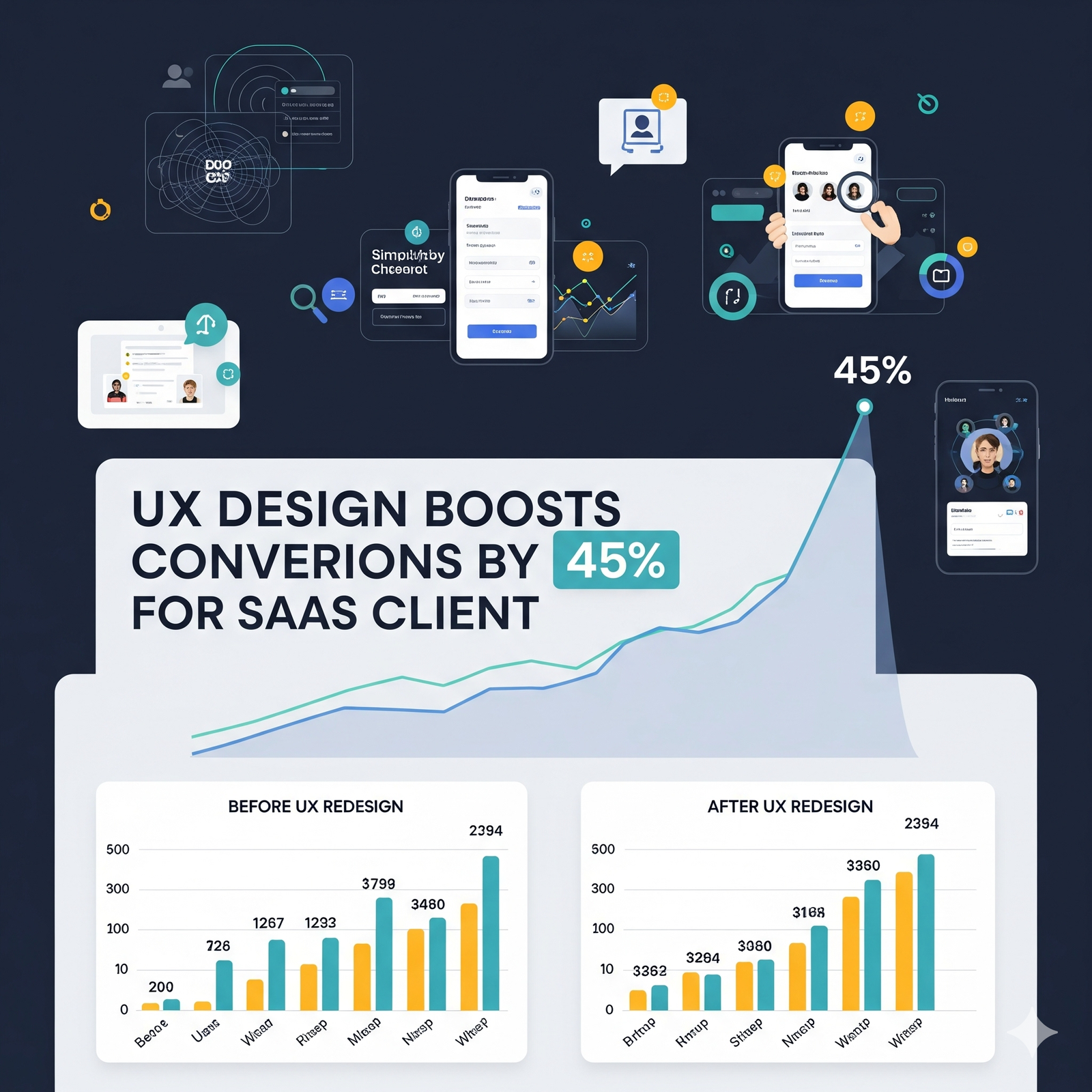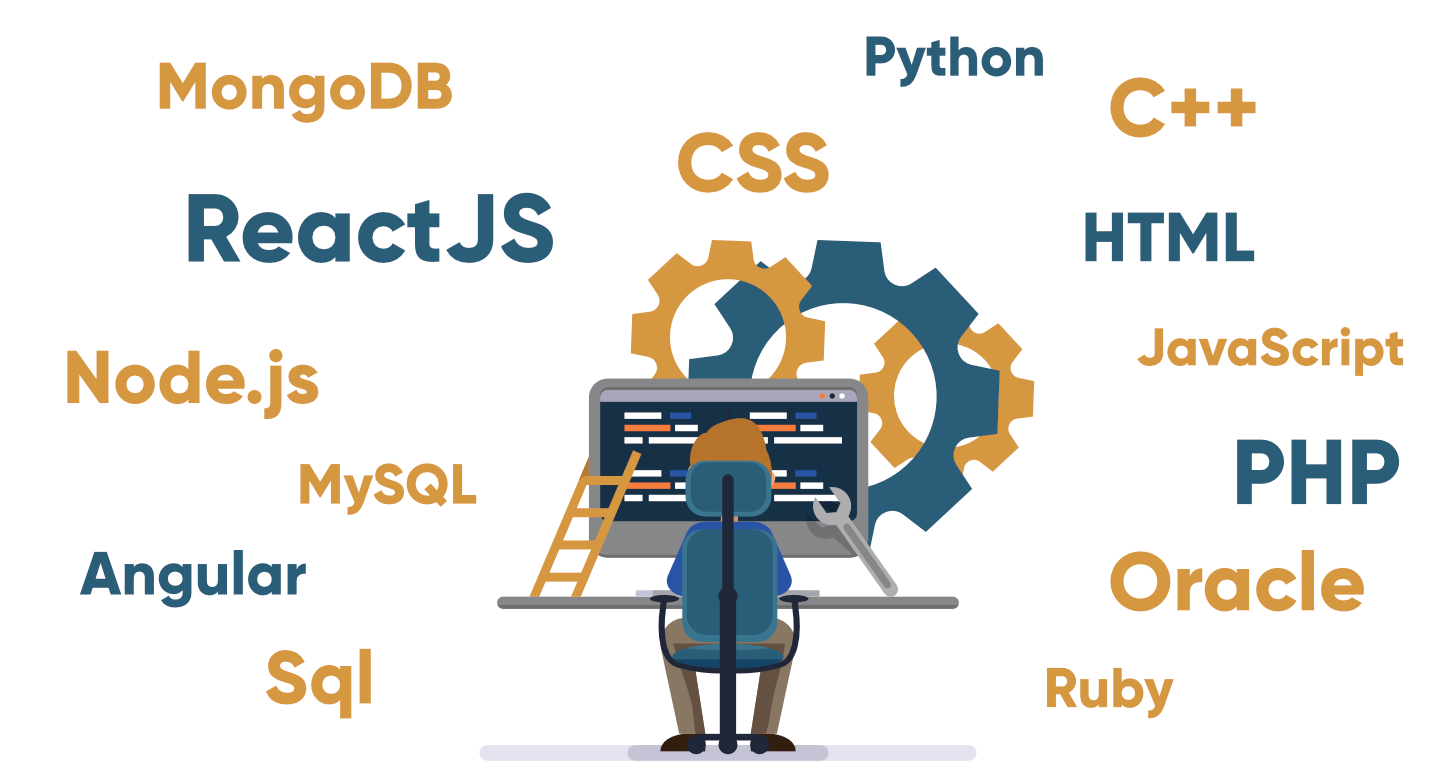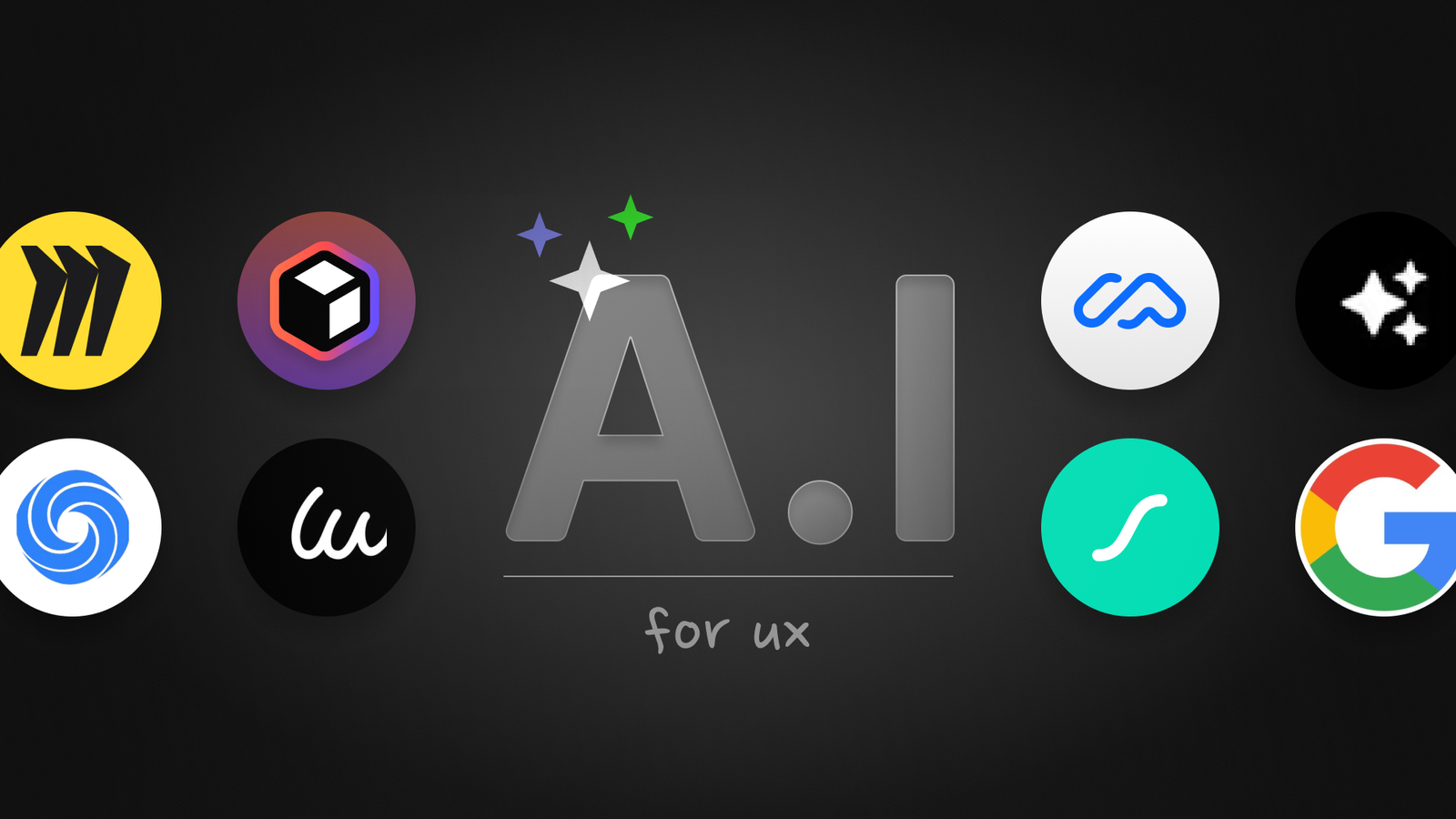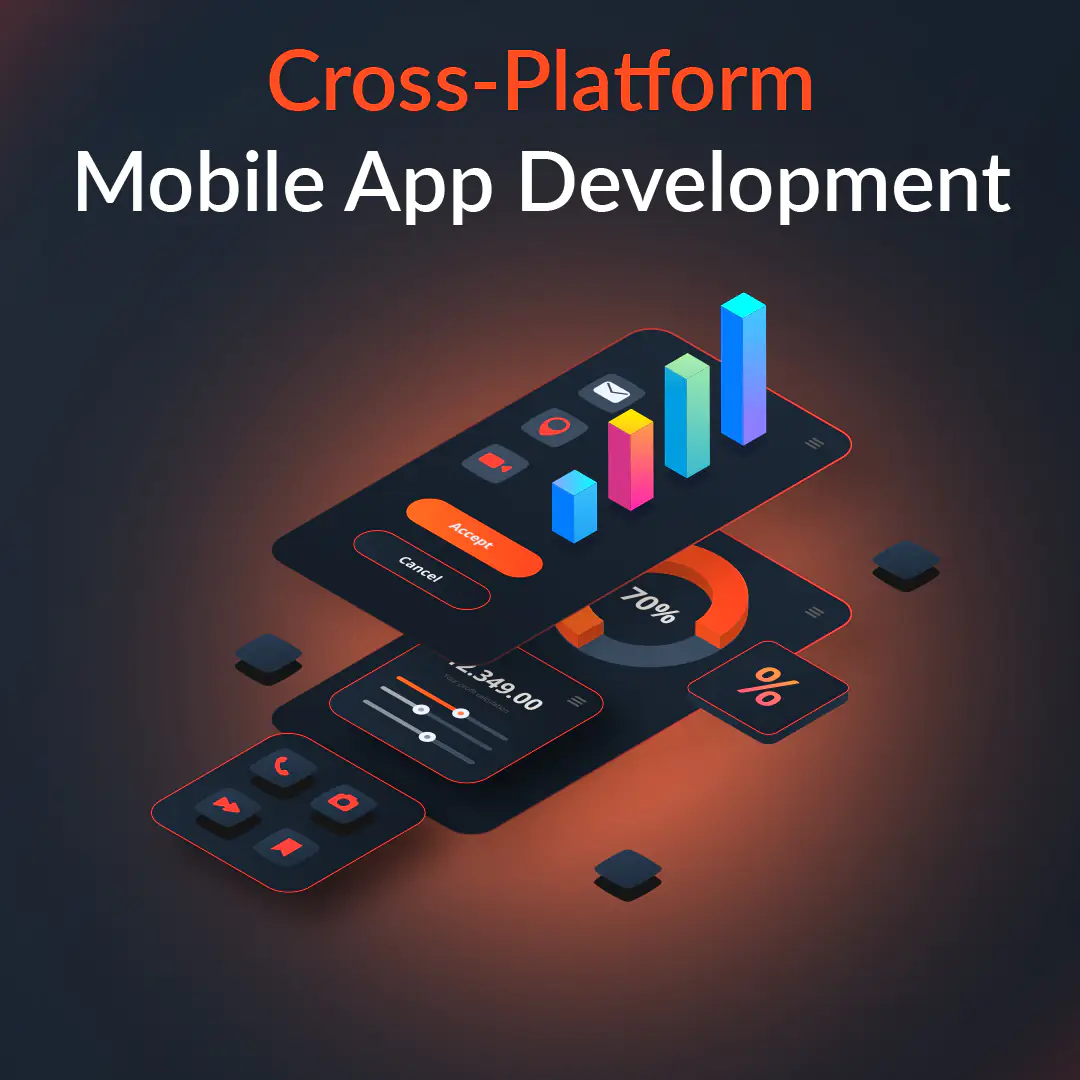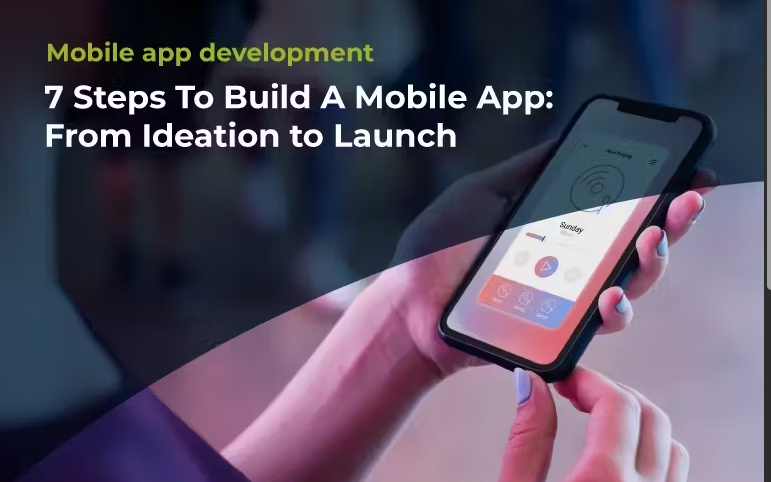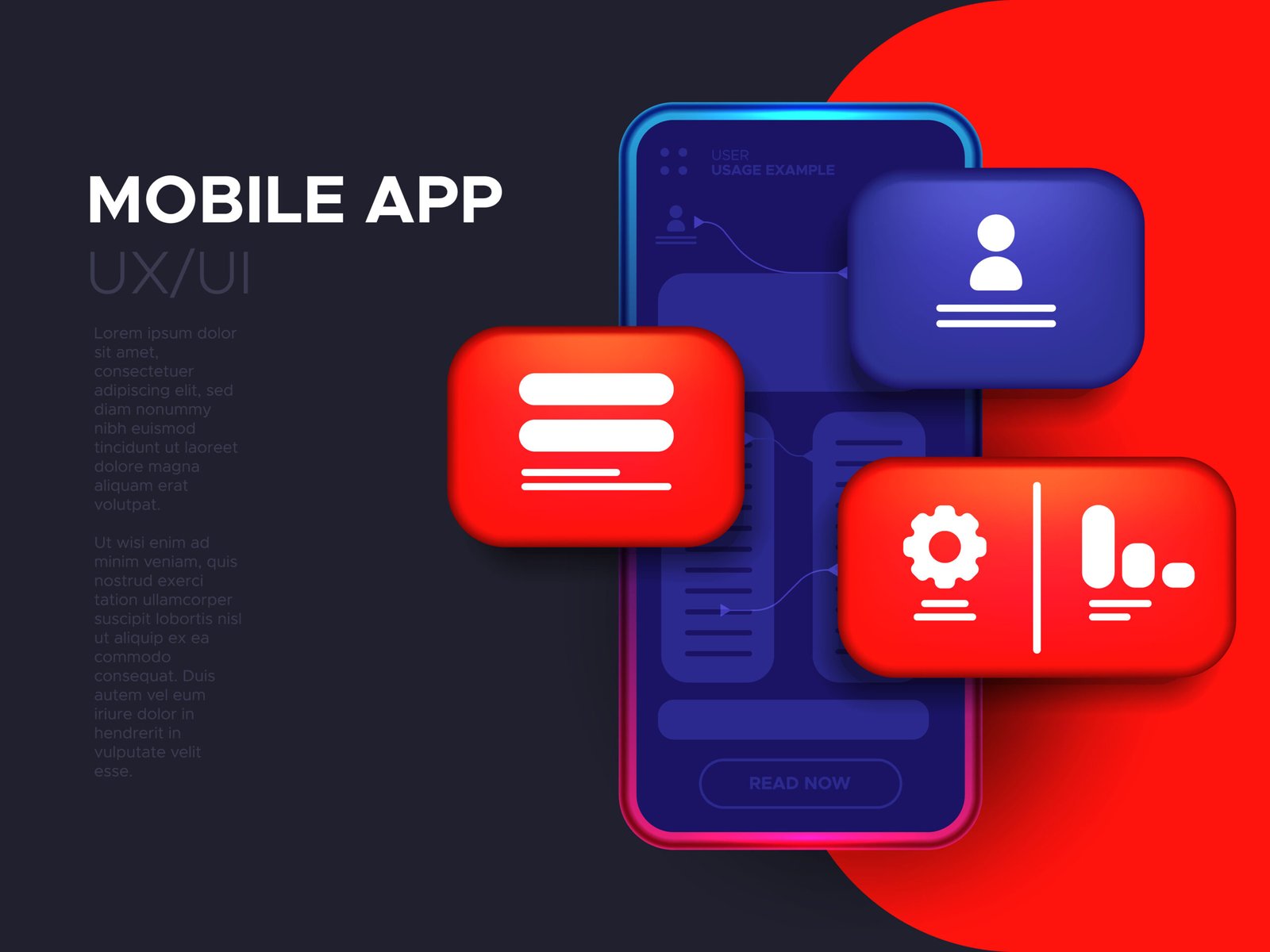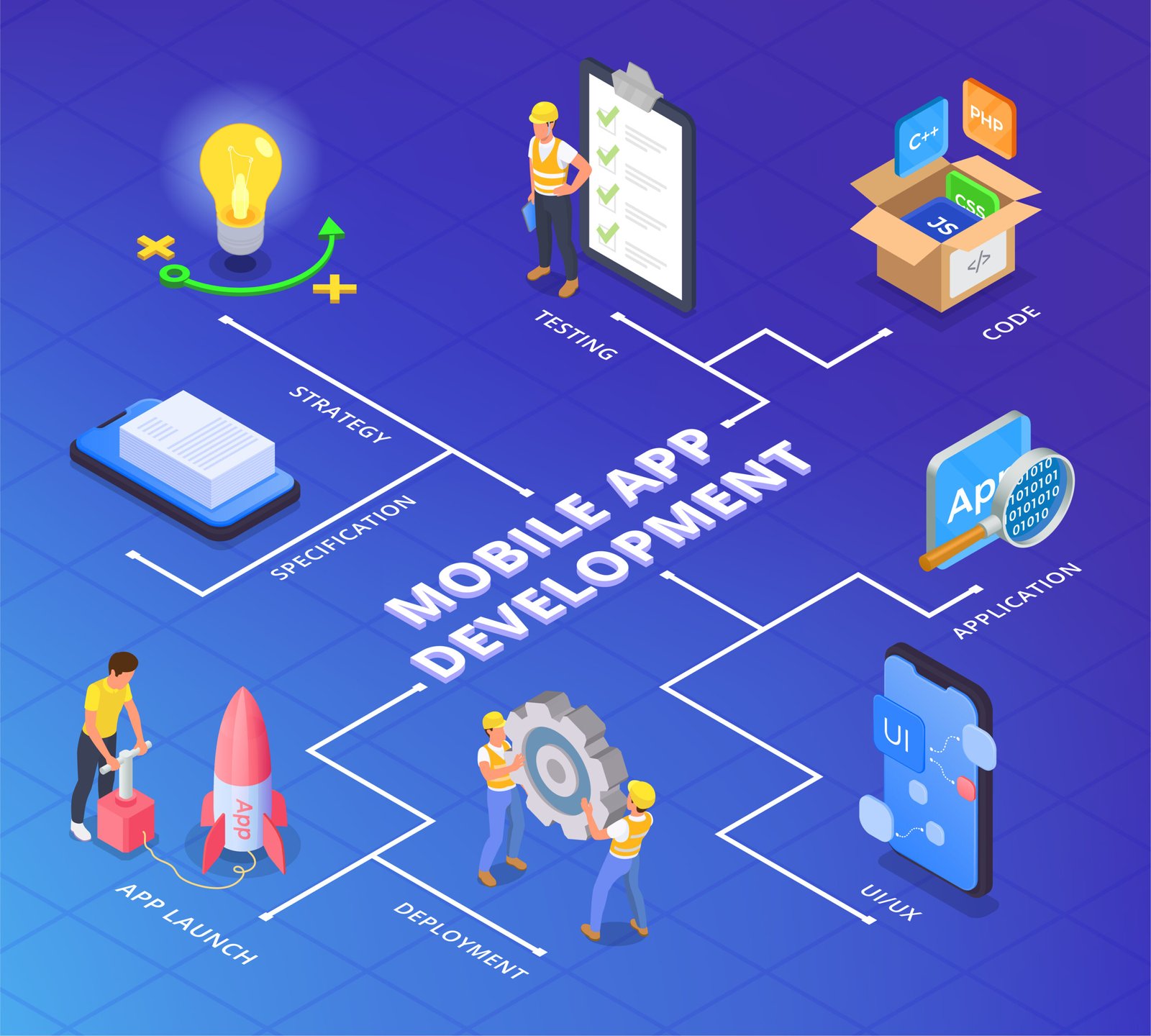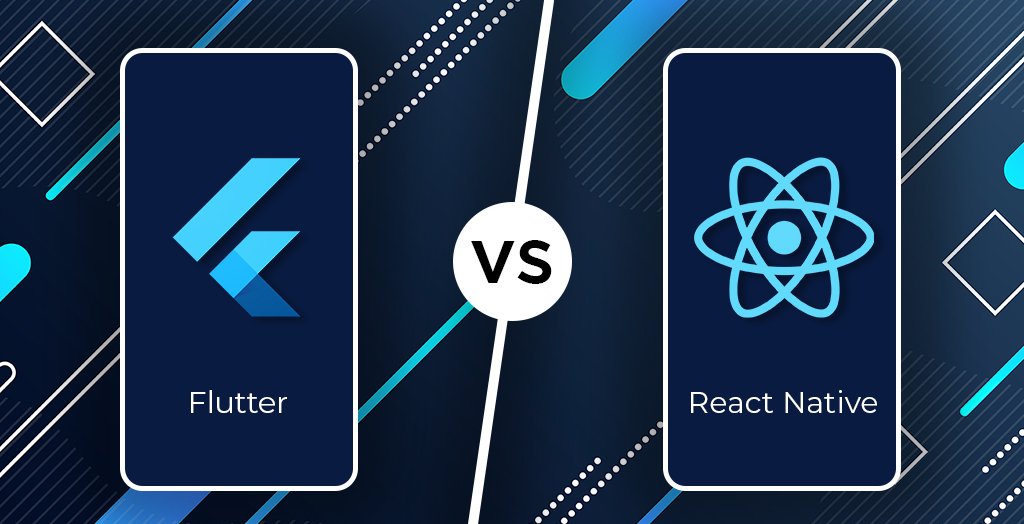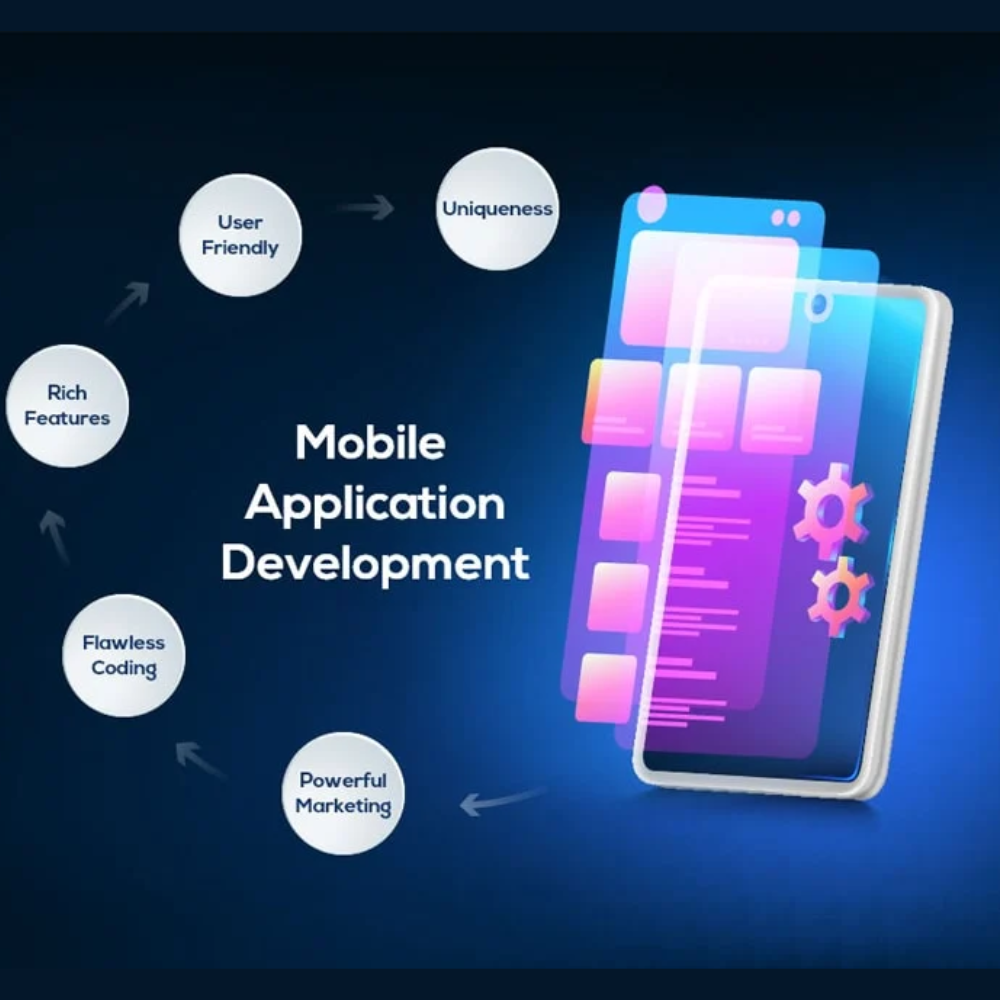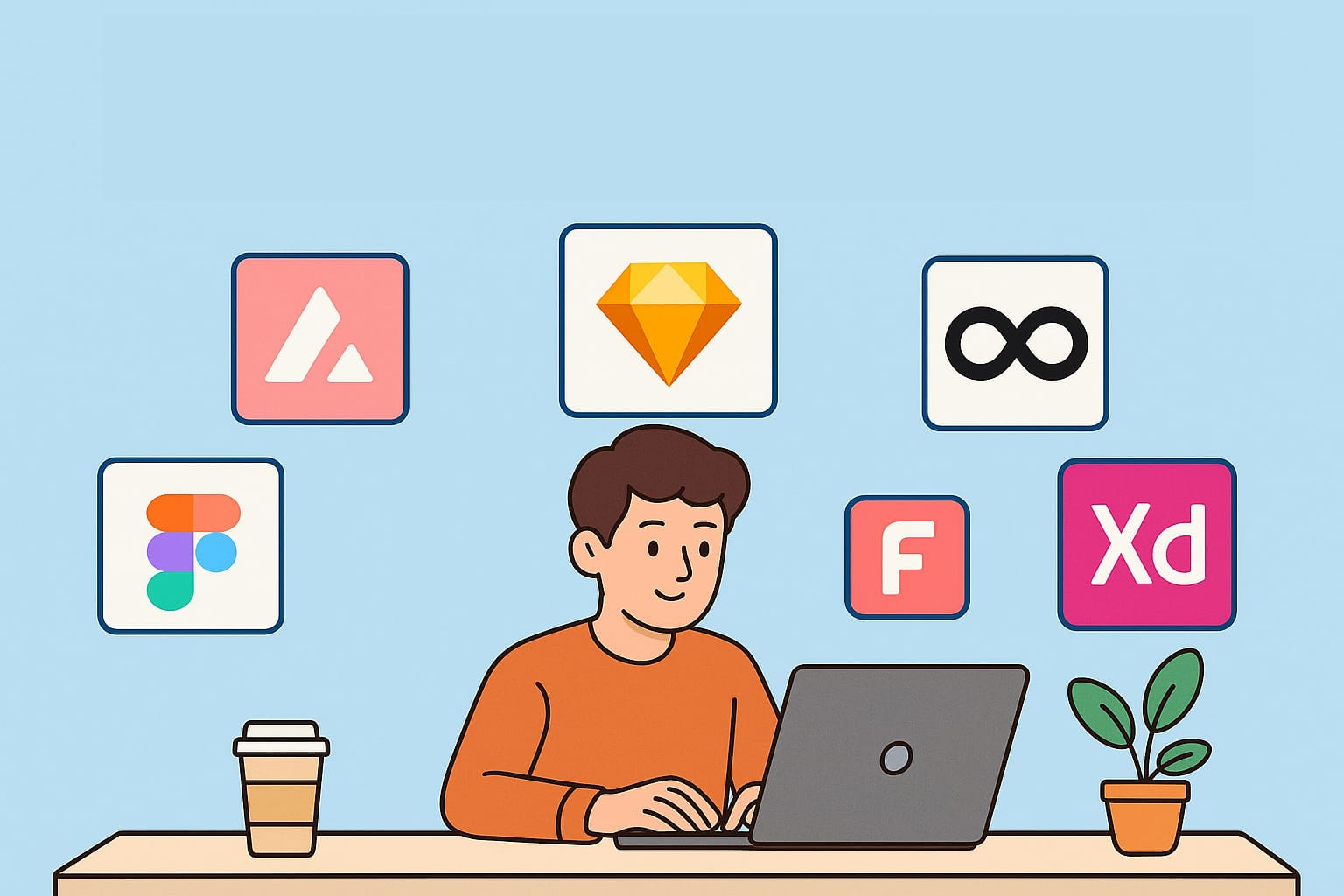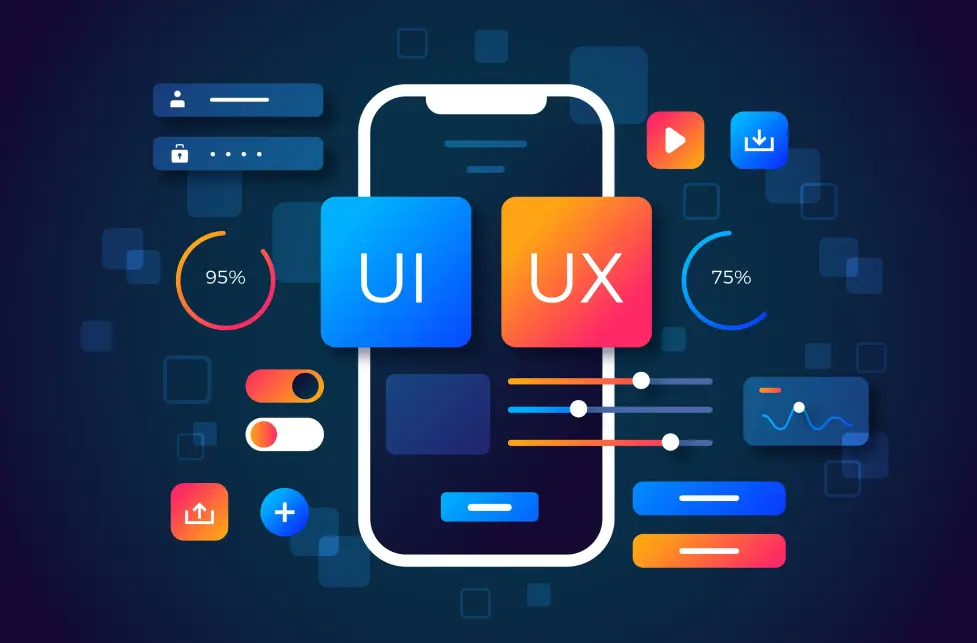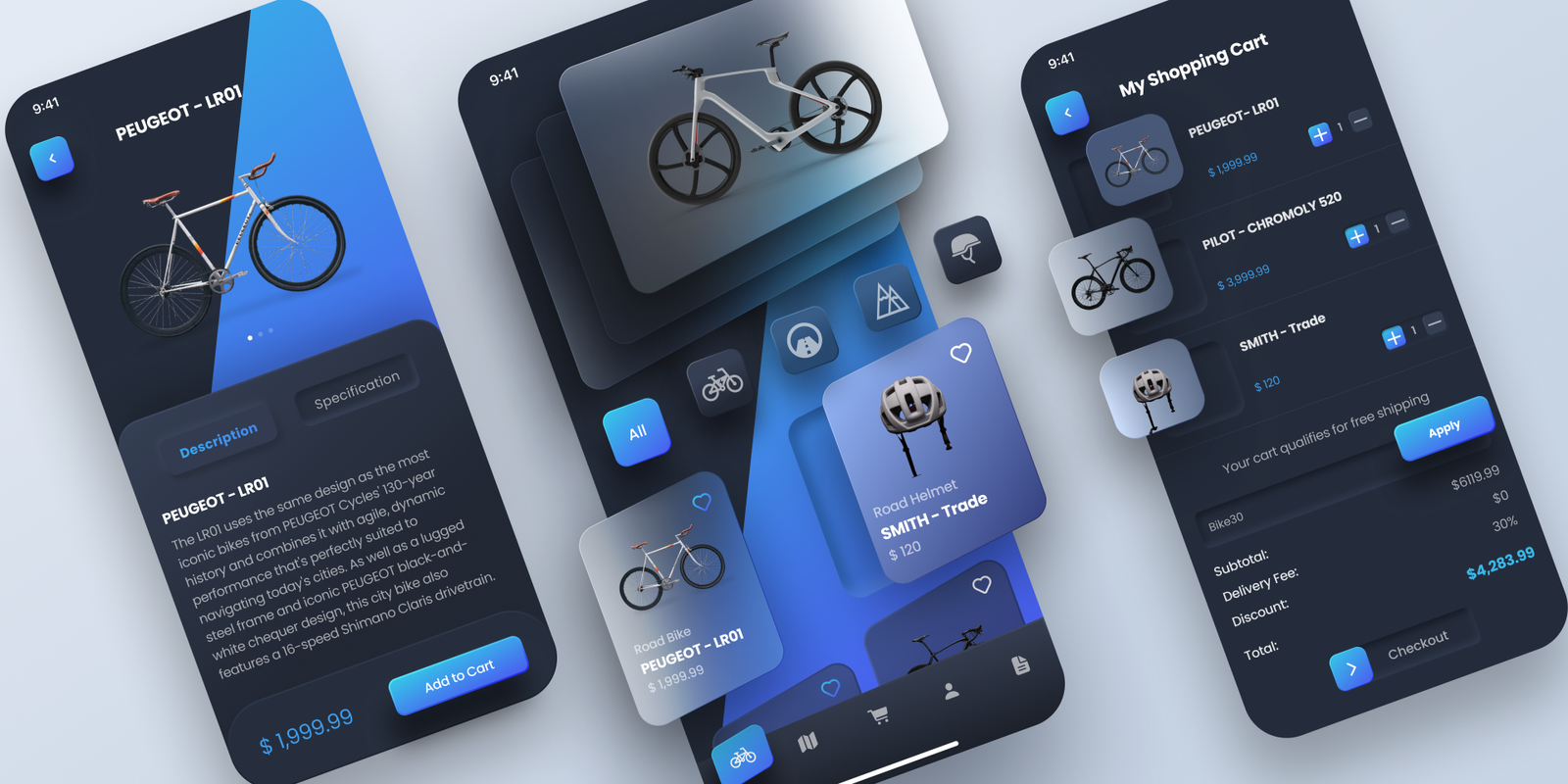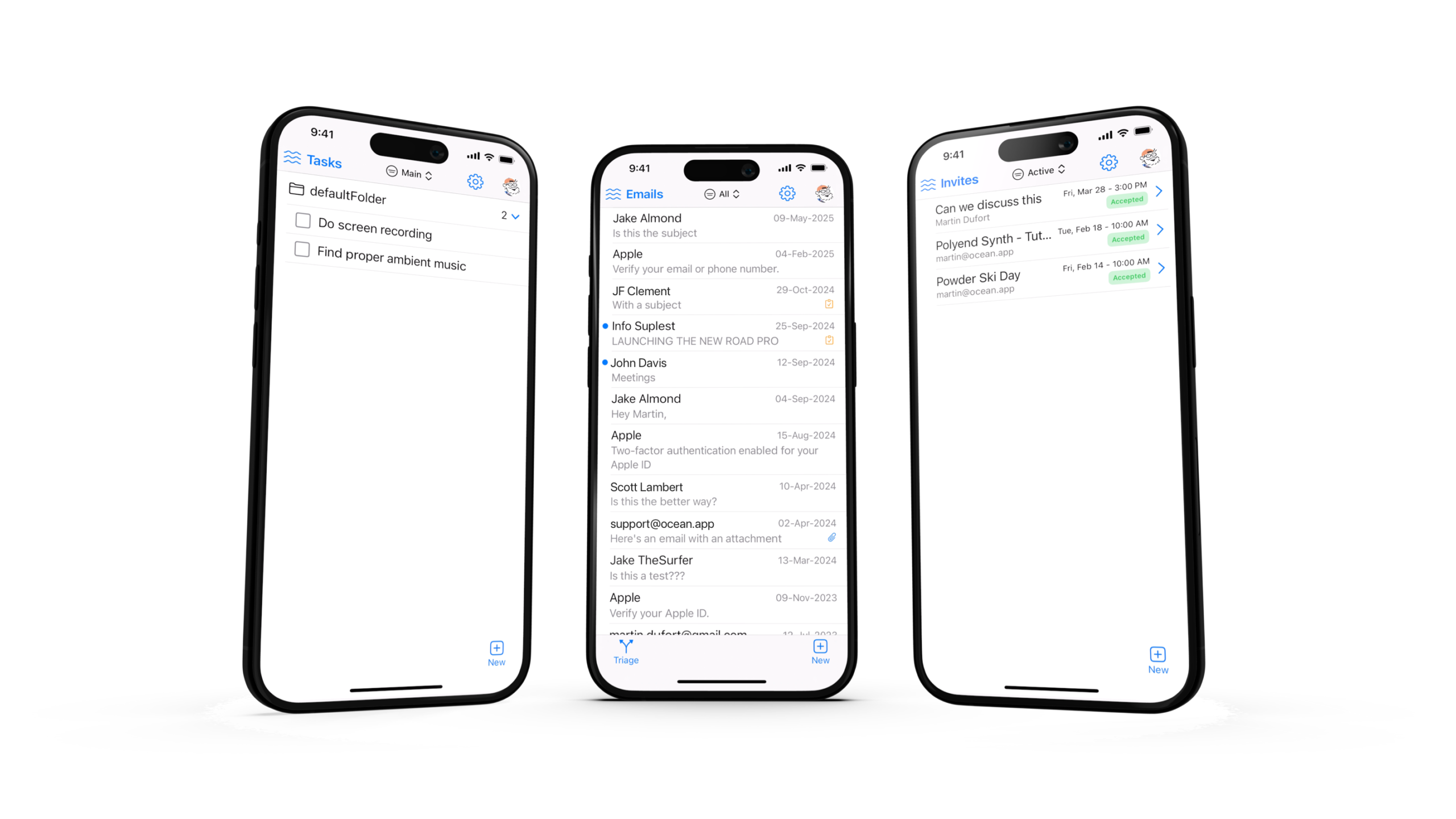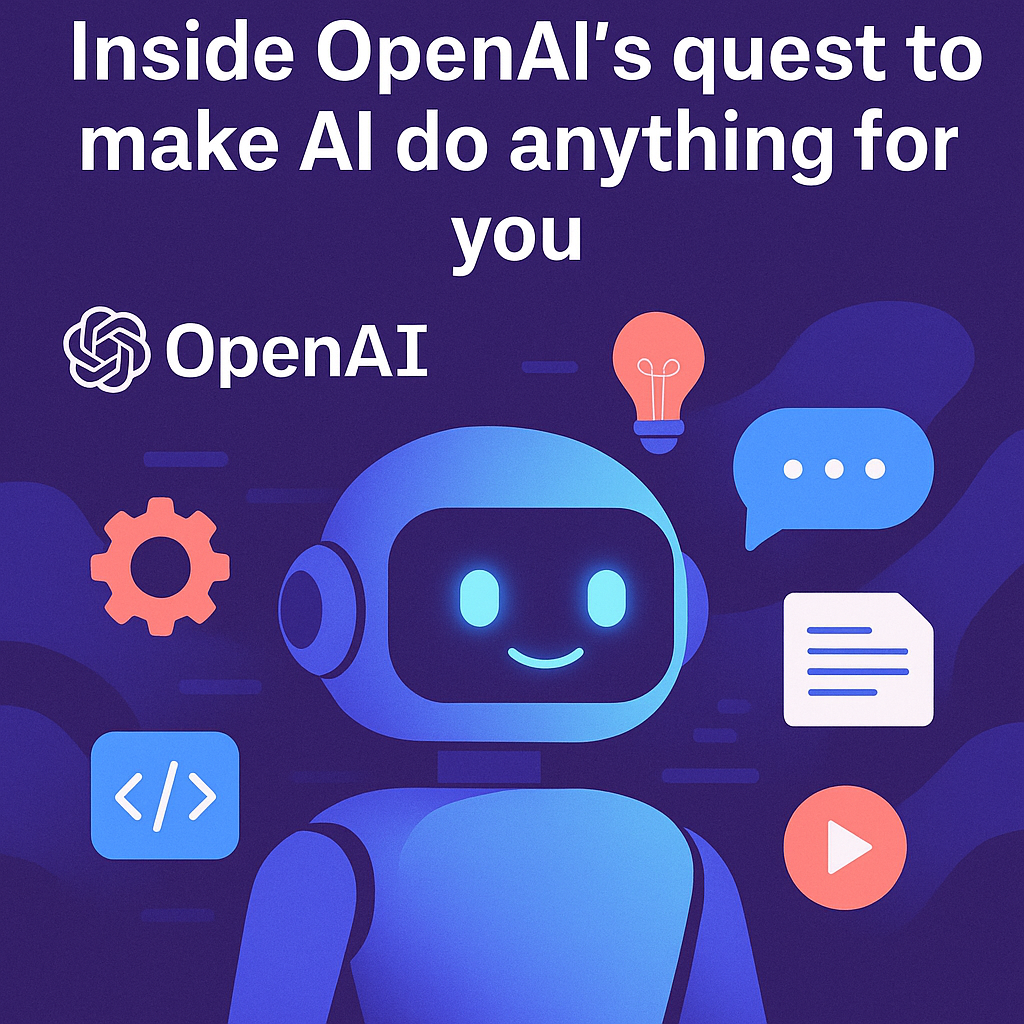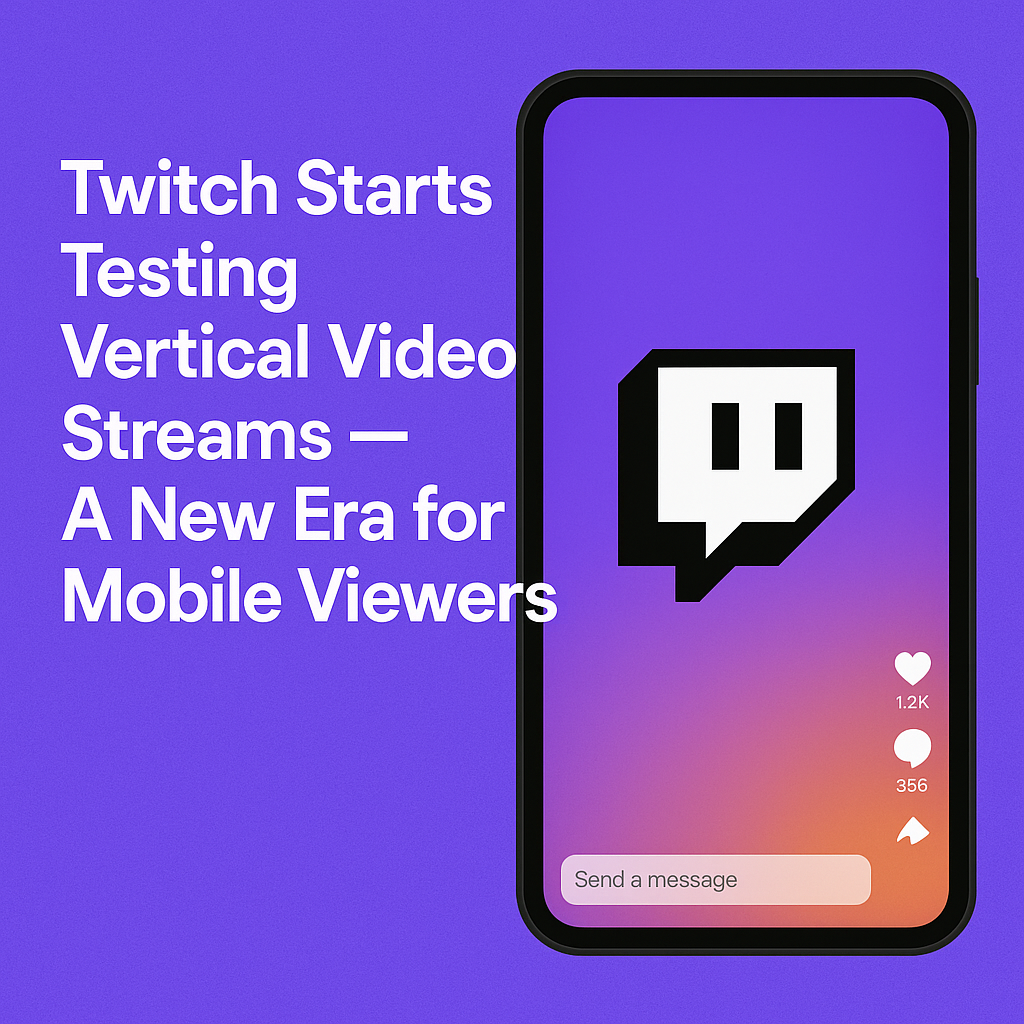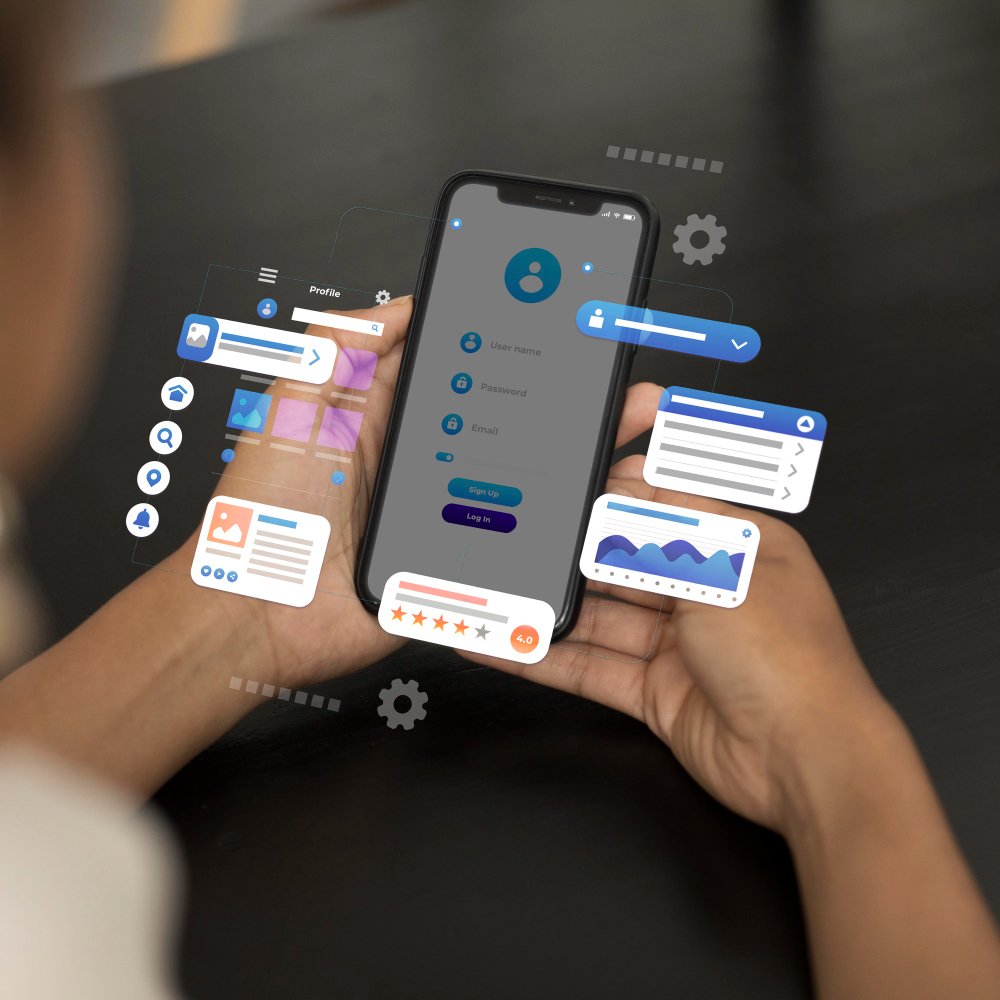In today’s digital-first world, businesses cannot afford to ignore mobile and web applications. Whether it’s an e-commerce platform, a productivity tool, or a social networking app, users demand seamless experiences across devices. For companies, choosing the right development approach is critical for scalability, performance, and long-term growth.
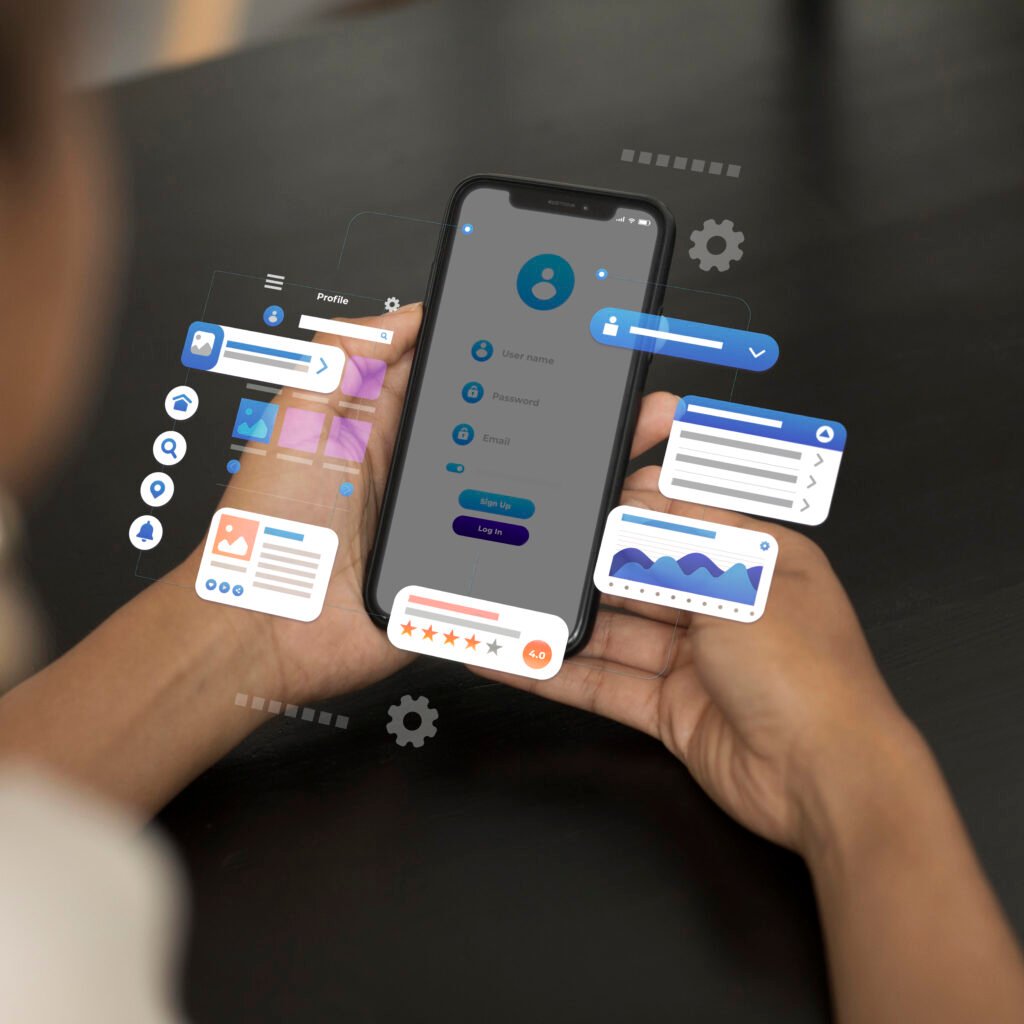
In this blog, we’ll explore the most pressing topics in mobile and web app development from comparing Flutter vs. React Native, to understanding the complete app development journey, deciding between web and mobile apps, and exploring the future of cross-platform development in 2025 and beyond.
Flutter vs. React Native: Which is Better for Your Next App?
When it comes to cross-platform app development frameworks, Flutter and React Native dominate the market. Both offer the ability to build apps that run on iOS and Android with a single codebase, saving time and cost. But which one should you choose?
🔹 Flutter
- Developed by Google.
- Uses the Dart programming language.
- Offers a rich set of customizable widgets, making it ideal for pixel-perfect UI.
- Excellent performance thanks to its direct compilation into native ARM code.
- Growing community, but still smaller compared to React Native.
🔹 React Native
- Backed by Meta (Facebook).
- Uses JavaScript one of the most widely adopted programming languages.
- Leverages native components, which provides a more “native” feel.
- Large developer community and vast ecosystem of libraries.
- Sometimes requires native modules for advanced functionality.
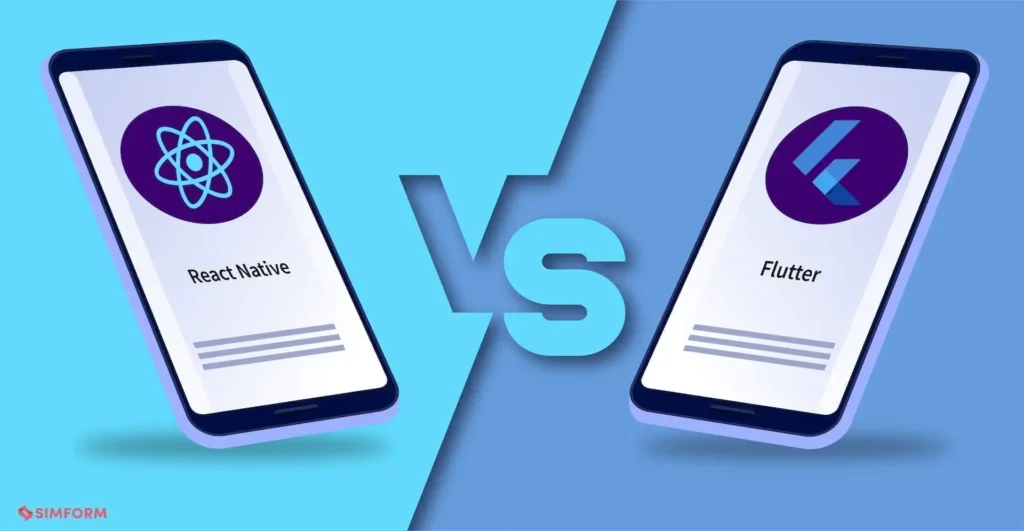
Which is better?
- Choose Flutter if you need highly customizable UI, smooth animations, and plan to scale across multiple platforms (including web and desktop in the future).
- Choose React Native if you want faster development, a bigger talent pool, and easier integration with existing JavaScript projects.
How to Build a Scalable Mobile App for Global Markets
Building an app for a local audience is one thing. Building an app for global markets is an entirely different challenge. To scale successfully, you need to design for performance, accessibility, and localization from the very beginning.
Building an app for a local audience is one thing. Building an app for global markets is an entirely different challenge. To scale successfully, you need to design for performance, accessibility, and localization from the very beginning.
Key strategies for scalability:
- Cloud-Native Infrastructure
- Use services like AWS, Google Cloud, or Azure to handle unpredictable traffic and ensure uptime.
- Microservices architecture helps break the app into manageable, scalable components.
- Localization & Multi-Language Support
- Implement multi-language features to cater to different regions.
- Adapt currency, time zones, and formats for user convenience.
- Data Privacy & Compliance
- Ensure compliance with global regulations like GDPR (Europe) and CCPA (California).
- Provide transparent data handling practices.
- Performance Optimization
- Reduce load times by optimizing images, caching, and using CDNs.
- Build apps that work well on low-bandwidth networks for emerging markets.
- Seamless Payment Integration
- Offer multiple global payment options such as PayPal, Stripe, Razorpay, and local wallets.
By planning for global scalability from day one, you’ll avoid costly rebuilds later and ensure your app can handle exponential growth.
From Idea to App Store: The Complete Mobile App Development Journey
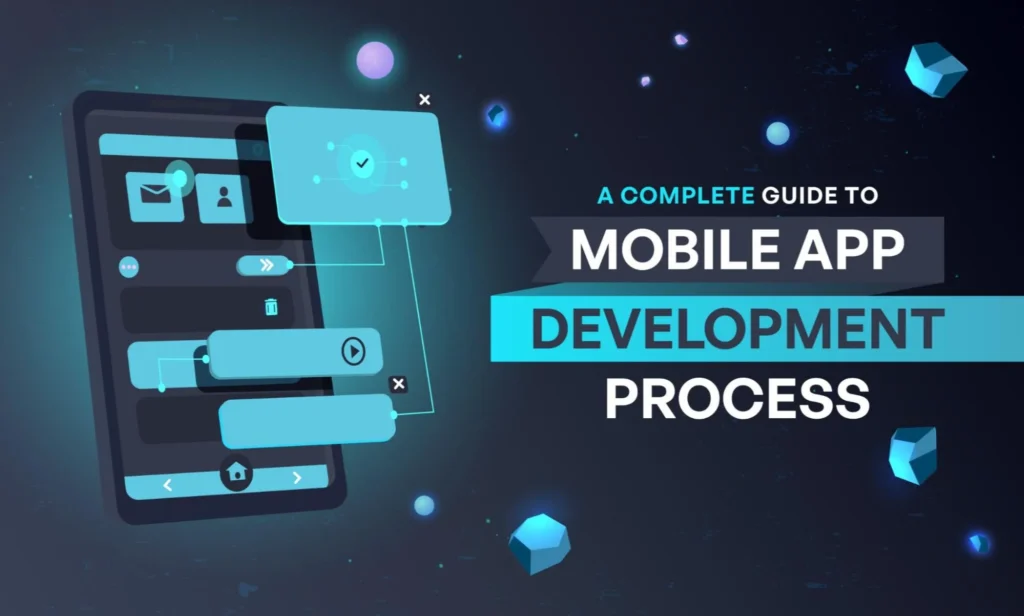
Every successful app starts with a vision, but turning that idea into a polished product requires a structured process. Whether you’re a startup building your first MVP or an enterprise scaling a complex platform, following a clear development journey ensures your app meets user expectations and business goals. Let’s walk through each stage in detail:
1. Idea Validation & Market Research
The journey begins with identifying the problem your app will solve. A brilliant idea alone isn’t enough you need to validate it with real market demand. This involves researching your target audience, analyzing competitors, and identifying your app’s unique value proposition. For example, if there are already similar apps in the market, what makes yours different — better design, lower cost, or a feature they lack? Proper research at this stage saves time, money, and helps you avoid building an app nobody needs.
2. Wireframing & Prototyping
Once your idea is validated, the next step is to map the user journey and visualize how your app will work. Wireframes act as blueprints, showing the structure of screens and navigation flow. Prototypes take it a step further by creating clickable versions of the app, allowing stakeholders and users to test the experience before development begins. Tools like Figma, Adobe XD, and Sketch make it easy to create realistic mockups that help refine the concept early on.
3. UI/UX Design
A great idea can fail without good design. The user interface (UI) defines how your app looks, while the user experience (UX) determines how it feels to use. At this stage, designers focus on intuitive navigation, appealing visuals, and accessibility so that users of all abilities can enjoy the app. For example, using clear icons, logical layouts, and responsive design ensures your app feels smooth and familiar to users across devices. Remember, first impressions matter an app that is confusing or unattractive is often abandoned after the first use.
4. Development
With designs finalized, the real building begins. Development involves both the frontend (what users see and interact with) and the backend (databases, APIs, authentication, servers). Teams must decide whether to use native development (best performance but separate code for iOS and Android), hybrid development, or cross-platform frameworks like Flutter or React Native to save time and costs. Choosing the right approach depends on your budget, timeline, and feature complexity.
5. Testing & QA
Before launch, rigorous quality assurance (QA) ensures your app works flawlessly. This stage includes unit testing (checking individual components), integration testing (ensuring different parts work together), and usability testing (seeing how real users interact with the app). Testing across multiple devices, screen sizes, and operating systems is crucial to prevent crashes, lags, or security vulnerabilities. A smooth, bug-free experience builds trust and increases retention.
6. Deployment
After months of work, it’s time to launch. Deployment means publishing the app on platforms like the Apple App Store and Google Play Store. Each marketplace has strict guidelines, so developers must ensure compliance to avoid rejection. This includes following design standards, providing correct metadata, and meeting privacy and security requirements. A successful launch also involves a marketing strategy promoting the app, gathering reviews, and driving initial downloads.
7. Post-Launch & Maintenance
The journey doesn’t end with launch in fact, it’s just the beginning. Post-launch, developers monitor analytics to track user behavior, crashes, and engagement metrics. Regular updates keep the app fresh, fix bugs, and introduce new features based on user feedback. Think of popular apps like Instagram or Uber their success comes from continuous iteration and improvement over time. Without ongoing maintenance, even the best apps can become outdated and lose users.
Web App vs. Mobile App: Which is Right for Your Business?
One of the biggest decisions companies face in digital product development is choosing between a web app and a mobile app. Both have unique strengths, and the right choice depends largely on your business goals, target audience, and budget.
Web apps run directly in a browser, meaning users don’t need to install anything. They are cheaper and faster to develop, easier to update in real-time, and accessible across multiple devices. This makes them an excellent choice for SaaS platforms, dashboards, blogs, and content-driven tools, where broad accessibility matters more than deep device integration.
On the other hand, mobile apps are installed directly on smartphones and offer better performance, offline functionality, and access to native device features like the camera, GPS, and push notifications. These capabilities make mobile apps essential for e-commerce, gaming, social media, and location-based services, where user engagement and real-time interactions are critical.
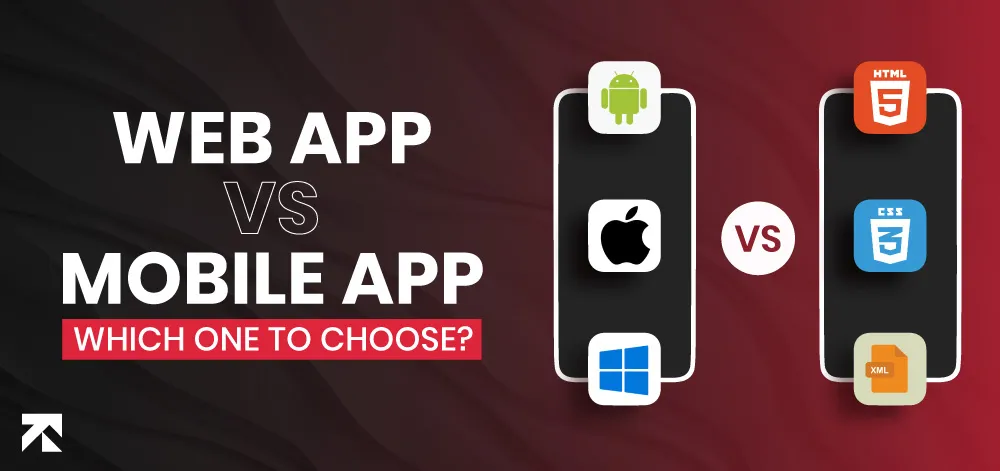
For many businesses, the smartest approach is a hybrid strategy. You might begin with a responsive web app if your budget is limited or if you need to test your idea quickly in the market. As user demand grows, or if your business requires native features like maps, push notifications, or hardware integration, investing in a mobile app becomes the next logical step. In fact, having both often works best the web app drives visibility and reach, while the mobile app boosts engagement and retention.
The Future of Cross-Platform Development in 2025 and Beyond
Technology is evolving at lightning speed, and the future of app development is moving decisively toward cross-platform solutions. Businesses no longer want to build separate apps for iOS, Android, and the web; instead, they seek frameworks that allow them to build once and launch everywhere without sacrificing performance or user experience.
One of the most exciting trends is the rise of super apps platforms like WeChat that combine multiple services such as messaging, payments, shopping, and bookings into one unified ecosystem. This all-in-one model is gaining popularity globally, as users increasingly prefer convenience over juggling dozens of separate apps. Another growing trend is Progressive Web Apps (PWAs), which deliver mobile app-like functionality directly through a browser, offering offline access, push notifications, and an installable experience without requiring users to download from an app store.
Meanwhile, AI-powered development is transforming how apps are built and maintained. From automating code generation and testing to personalizing user experiences, AI promises to shorten development cycles and create smarter, more adaptive apps. Combined with the rollout of 5G networks and edge computing, we’ll see huge leaps in real-time gaming, augmented and virtual reality (AR/VR), and Internet of Things (IoT) applications.
Perhaps the most game-changing shift is happening with frameworks like Flutter, which are no longer limited to mobile. They are expanding into desktop and web support, bringing us closer to a world where developers can truly “write once, deploy everywhere.”
In short, the future of app development belongs to cross-platform frameworks and AI-driven innovation. Businesses that embrace these technologies will not only reduce costs and speed up their launch cycles but also reach wider audiences and stay competitive in an increasingly multi-device world.
Conclusion
The landscape of mobile and web app development is changing faster than ever. Whether you’re comparing Flutter vs. React Native, planning to scale your app globally, or deciding between a web app and mobile app, the key is to align every decision with your users’ needs. Looking ahead to 2025 and beyond, we’ll see the industry dominated by cross-platform development, AI-powered tools, and seamless multi-device experiences. Companies that adopt these trends early won’t just survive they’ll lead the digital future.

































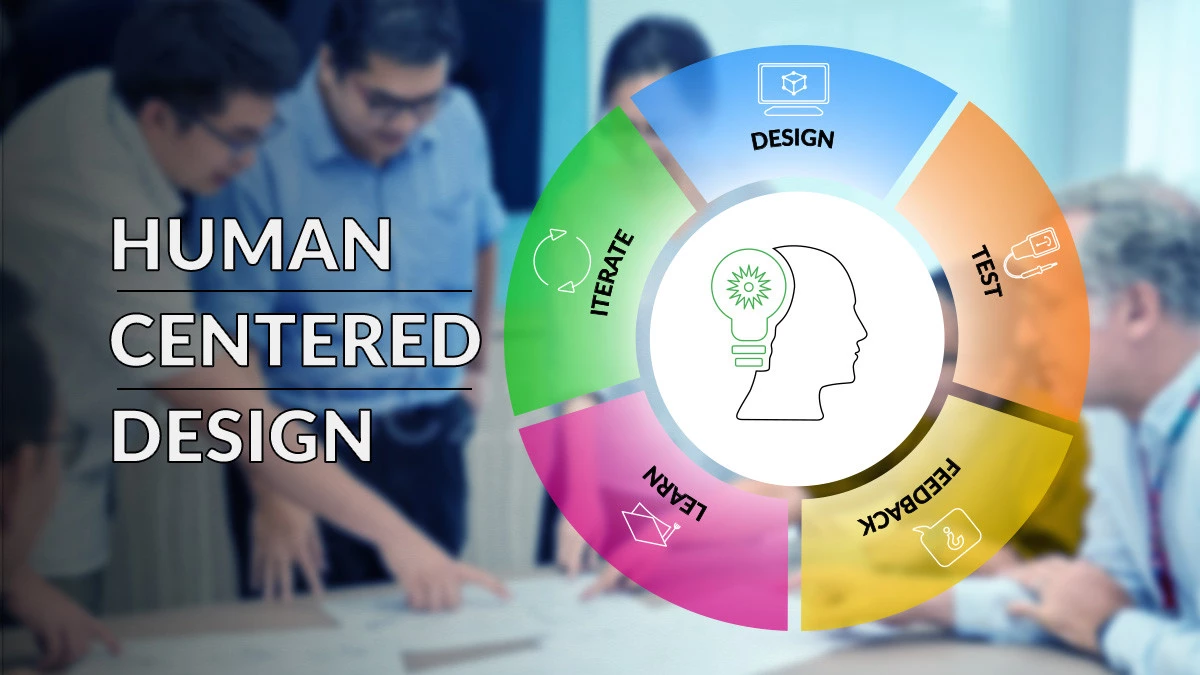


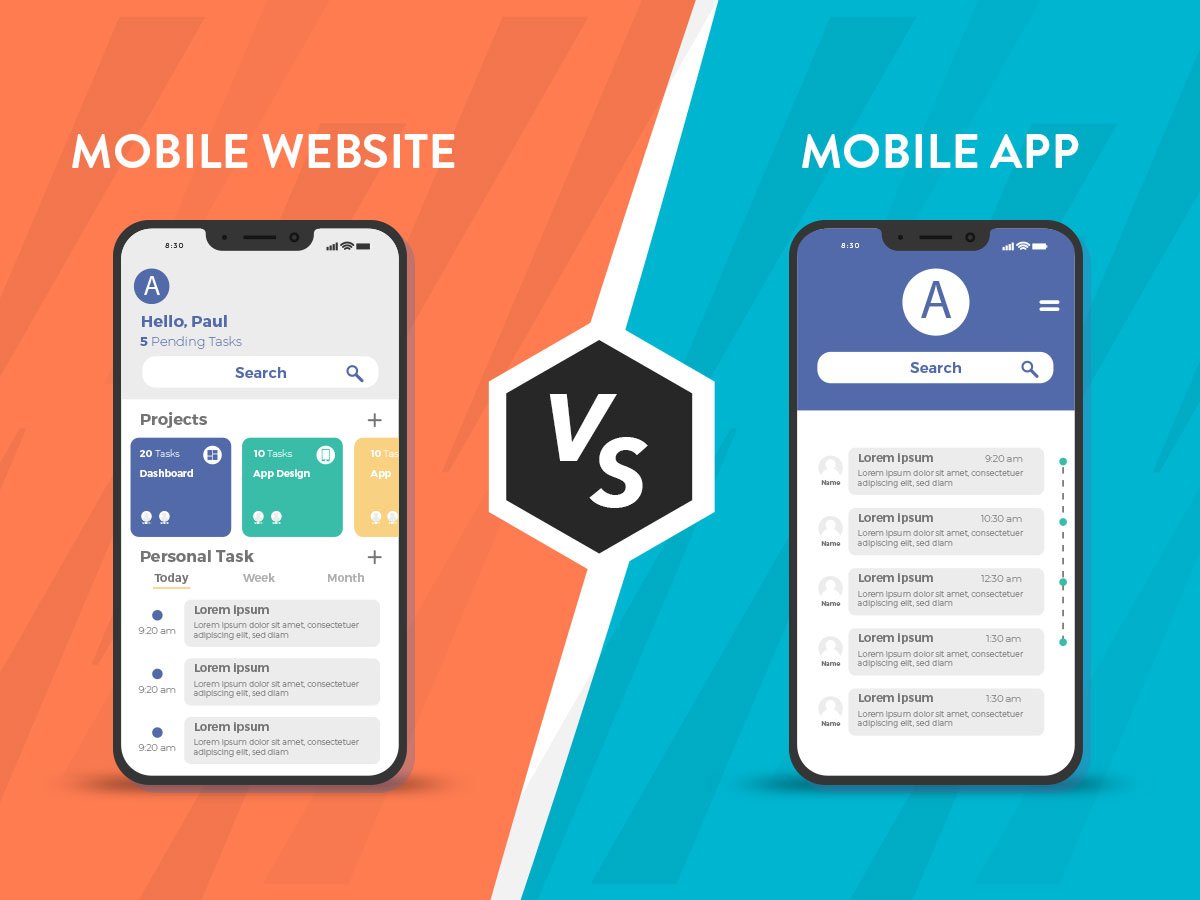

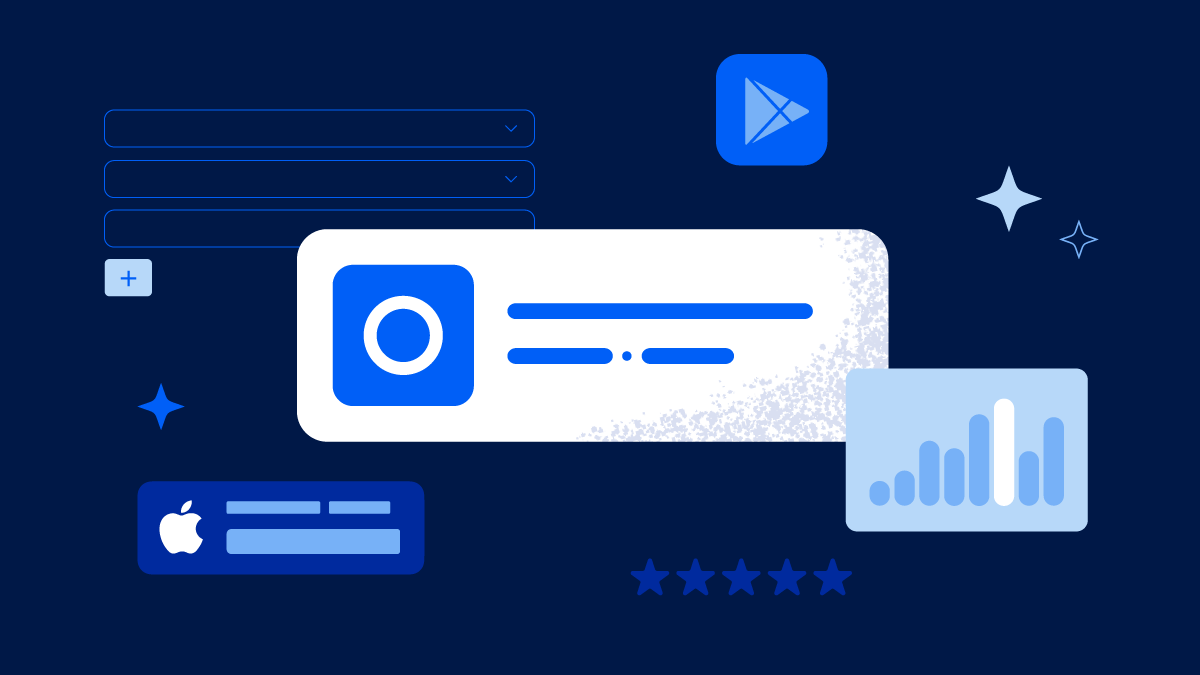



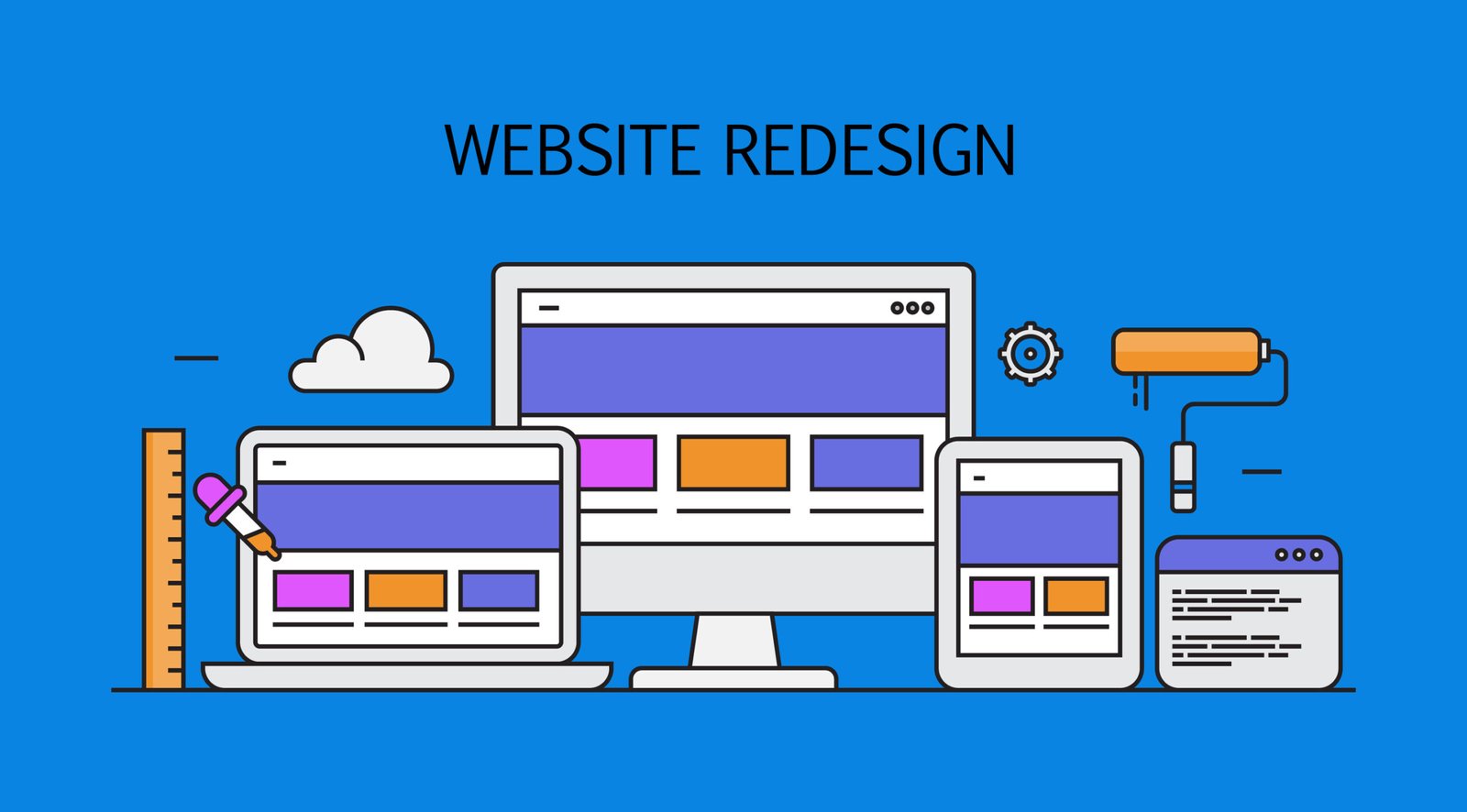
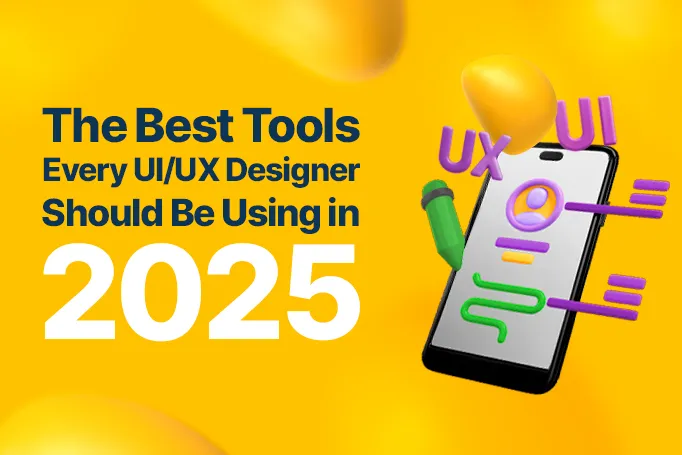
![Case Study: How We Helped [Client] Scale with a Custom Mobile App](https://uxdlab.com/wp-content/uploads/2025/08/case.png)




